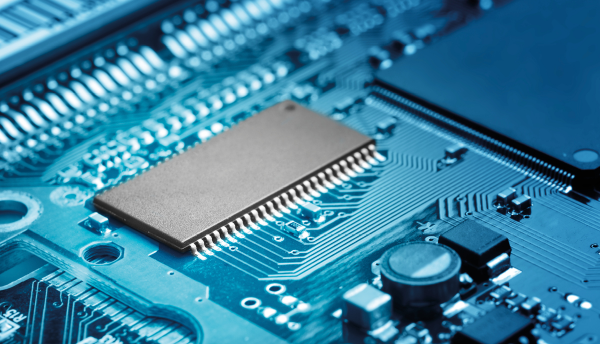
Honda Motor has used an advanced coating technique which reduces use of rare earth metals in hybrid car motors by almost 30%, states a Nikkei report. The new method includes coating a thin layer of dysprosium on the magnets used in motors, without any trade-offs in the magnet’s performance.
The reduced rare earth magnet motor is reportedly employed in the new 2013 CR-Z sports hybrid coupe, which was displayed at the Paris Motor Show last month and is due to hit markets in January next year. Honda plans to expand use of these motors to upcoming hybrid models.
Significance: Dysprosium is added to motor magnets in order to achieve stability at high temperatures, which is crucial for automotive applications. Honda’s technology claims to use a thinner layer of dysprosium, cutting down the total rare earth metal quantity by about 30% with no compromise on performance. The automaker claims to have used the motors in an upcoming vehicle, hinting that the technology could be nearing commercialisation. Reduced use of rare earth metal is high on agenda of automotive manufacturers as they look to mitigate the risk of shortage in supply of such materials from China, which accounts for over 90% of global rare earth production. Honda has also begun recycling rare earth elements from old nickel-metal hydride batteries used in hybrid vehicles.








